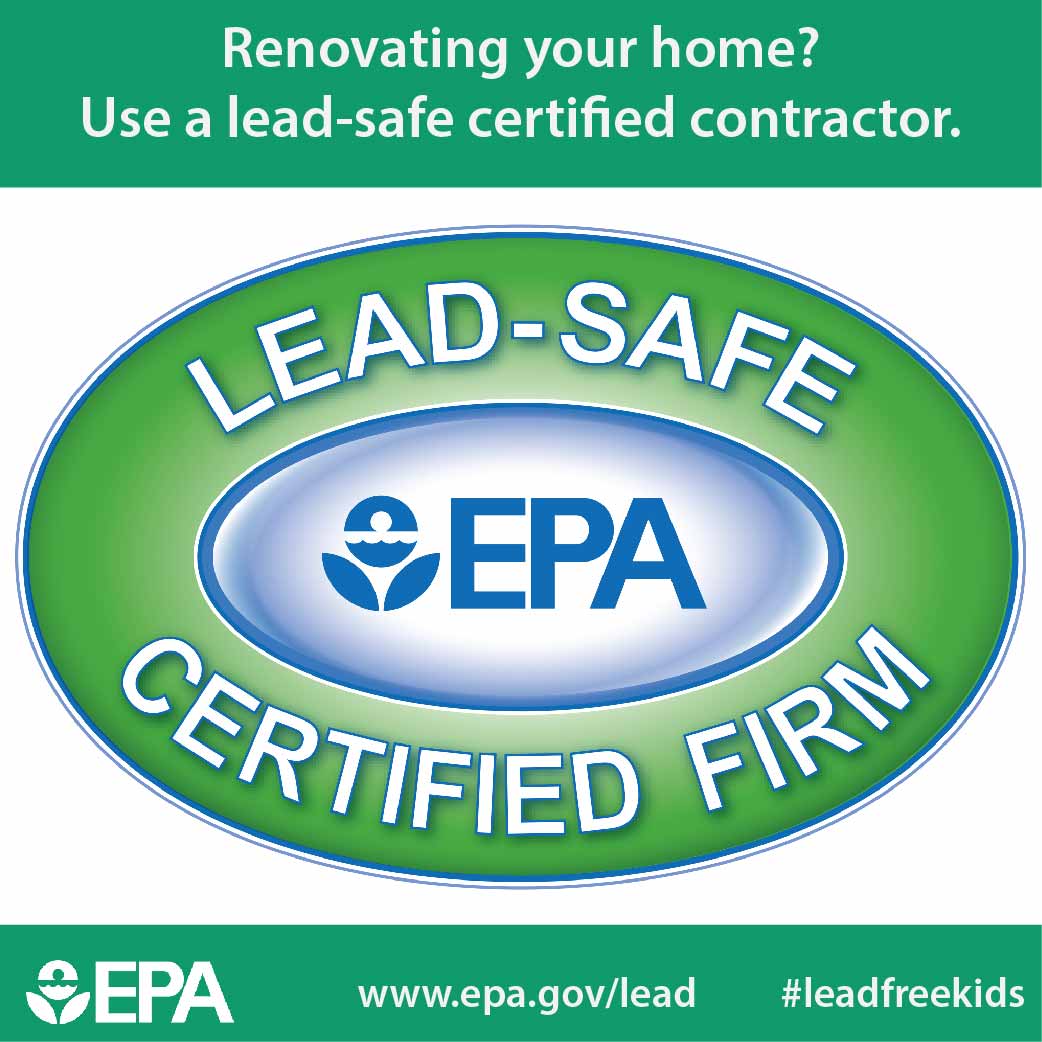Learn More About The Ways In Which Seasonal Variables Can Affect The Success Of Industrial Exterior Painting And Figure Out The Very Best Times To Accomplish Long Lasting Results For Your Task
Learn More About The Ways In Which Seasonal Variables Can Affect The Success Of Industrial Exterior Painting And Figure Out The Very Best Times To Accomplish Long Lasting Results For Your Task
Blog Article
Writer-Aguilar Bagger
When you're planning an industrial external painting job, seasonal variables can make or damage your outcomes. You'll want to think about how temperature level and moisture impact paint application and drying out times. Picking the ideal season can guarantee your paint sticks properly and lasts much longer. However which seasons are genuinely the best for this type of work? Allow's check out the crucial elements that can influence your task's success.
The Effect of Temperature on Paint Application
When you're preparing an industrial outside paint project, the temperature can significantly affect how well the paint adheres and dries.
Ideally, you want to repaint when temperatures vary in between 50 ° F and 85 ° F. If it's too chilly, the paint might not heal effectively, resulting in issues like peeling off or cracking.
On the other hand, if it's also warm, the paint can dry out as well promptly, stopping proper attachment and causing an irregular surface.
You should additionally think about the time of day; morning or late afternoon offers cooler temperatures, which can be more favorable.
Constantly check the maker's suggestions for the specific paint you're making use of, as they typically provide assistance on the optimal temperature level array for optimal results.
Humidity and Its Result on Drying Times
Temperature isn't the only environmental factor that influences your commercial exterior painting task; humidity plays a considerable duty too. High humidity levels can slow down drying times substantially, affecting the overall high quality of your paint work.
When the air is saturated with wetness, the paint takes longer to treat, which can result in problems like poor bond and a higher threat of mold growth. If you're repainting on a particularly damp day, be planned for extended wait times between coats.
It's vital to keep an eye on neighborhood weather conditions and plan accordingly. Preferably, go for moisture degrees between 40% and 70% for optimum drying.
Maintaining these factors in mind guarantees your job stays on track and provides a lasting coating.
Best Seasons for Commercial Exterior Paint Projects
What's the most effective time of year for your commercial exterior paint tasks?
Spring and very early loss are typically your best options. During these seasons, temperature levels are light, and moisture degrees are typically reduced, creating excellent conditions for paint application and drying out.
discover this info here , which can cause paint to dry as well promptly, resulting in inadequate adhesion and coating. In a similar way, winter season's cold temperatures can prevent proper drying out and treating, risking the longevity of your paint work.
Aim for days with temperatures between 50 ° F and 85 ° F for optimum results. Keep in visit my web site to check the neighborhood weather forecast for rainfall, as wet problems can ruin your job.
Preparation around these factors ensures your painting project runs smoothly and lasts much longer.
Verdict
In conclusion, planning your industrial external paint tasks around seasonal considerations can make a considerable distinction in the result. By scheduling work during the suitable temperature levels and moisture levels, you'll make certain far better bond and drying times. Remember to keep an eye on neighborhood weather forecasts and choose the right time of year-- springtime and very early autumn are your best bets. Taking these steps will certainly assist you attain a long lasting and expert coating that lasts.
